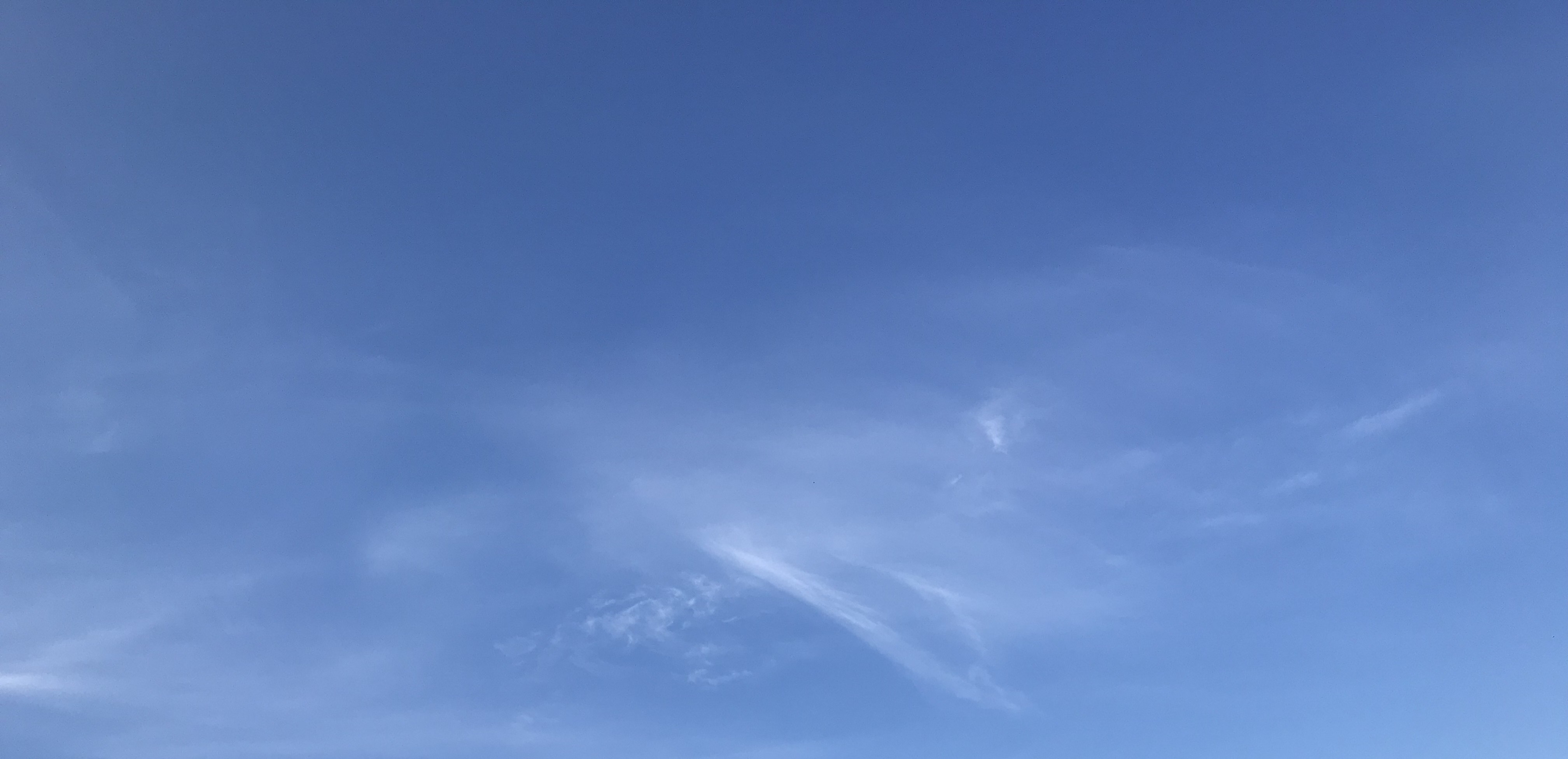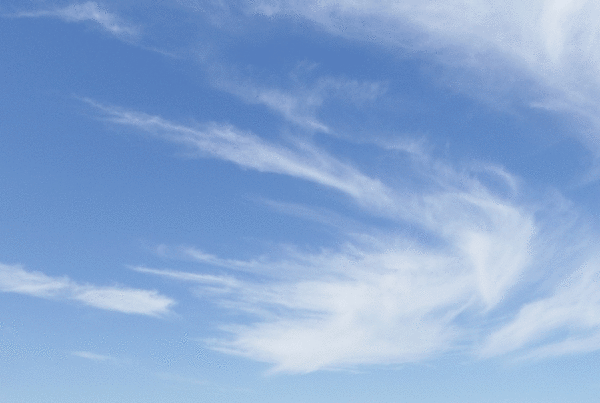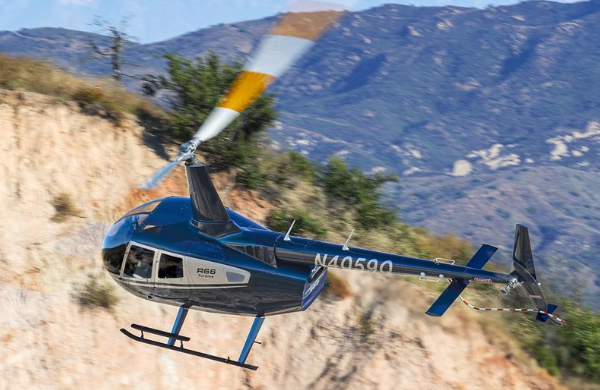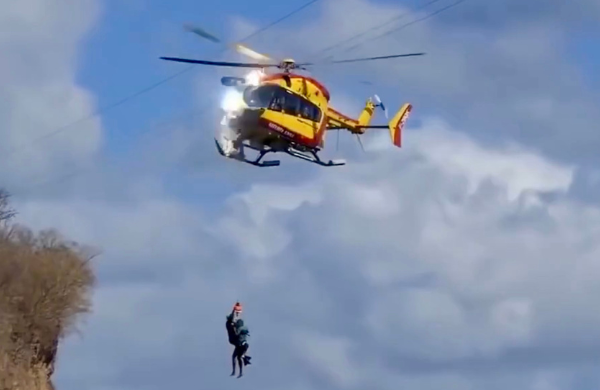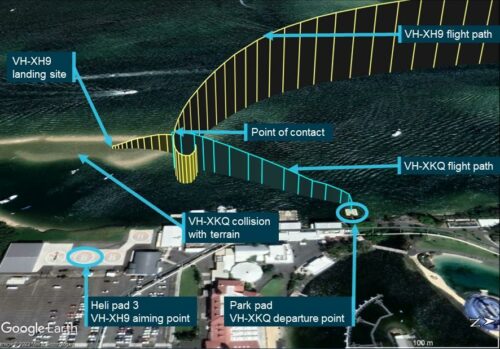
The ATSB also drew attention to the notes it made in its Safety Advisory Notice issued in September concerning how constant wear lifejackets should be worn in conjunction with seatbelts. “During this investigation, our investigators identified a potentially common lack of understanding in the broader helicopter tourism community about how constant wear lifejackets should be worn in conjunction with seatbelts. This correlated with a discovery that some passengers’ seatbelts were not fitted correctly in this accident, in part due to interference from their lifejackets – although we have not attributed this to the tragic outcomes in this case,” explained ATSB Chief Commissioner Angus Mitchell.
Moving forward, Mitchell said the investigation would consider whether any systemic factors contributed to or increased risk in the accident. “This will include consideration of the design of the operating environment and operating procedures, the onboarding and implementation of aircraft, change management, and the regulatory environment and input,” he said.
The ATSB’s final report, which will include analysis, findings, and any recommended safety actions, is on track for an anticipated completion in the third quarter of 2024.
To read the report, click HERE
Image ATSB


